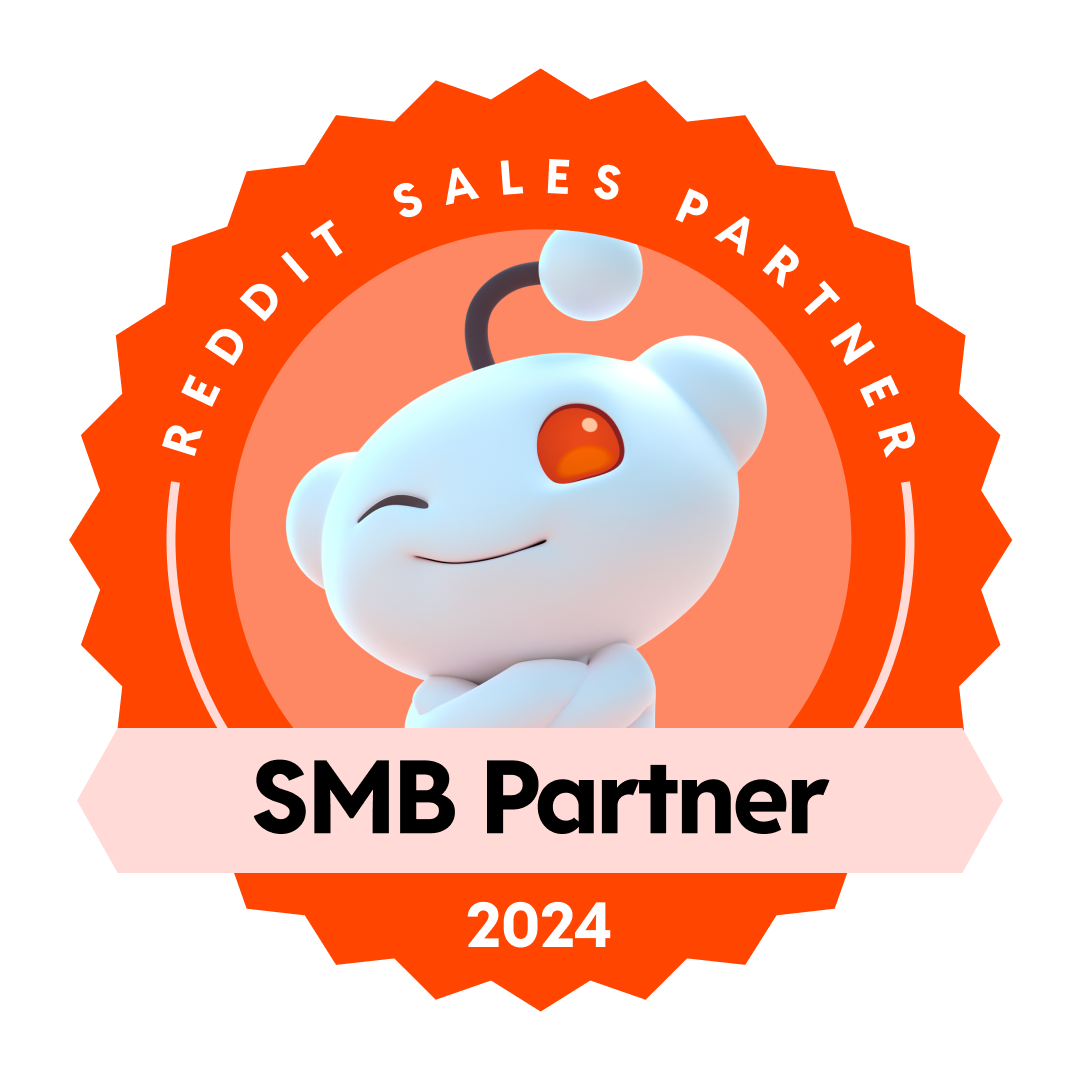“The Big Idea” has long been marketing and advertising’s holy grail. Indeed, from 2004 through 2008, digital marketing and branding guru Donny Deutsch had a successful CNBC show about it called, what else, “The Big Idea.” But what the best digital marketing companies now know is that the big idea of older eras is no longer the big idea of this one.
For those unfamiliar, the “Big Idea” refers to the long-held belief that any marketing or advertising effort must be rooted in a single idea so powerful that graphics and copy flow effortlessly to create messages that grab hold of the viewer and won’t let go until that viewer makes a purchase. The big idea was typically a concept that represented a company’s unique selling proposition (USP).
According to the late advertising powerhouse David Ogilvy, “You will never win fame or fortune unless you invent big ideas. It takes a big idea to attract the attention of consumers and get them to buy your product. Unless your advertising contains a big idea, it will pass like a ship in the night.”
But we now know that the big idea isn’t what it once was. The big idea isn’t the guiding principle behind a campaign. In fact, the big idea is the guiding principle behind who you are as a company. Indeed, the best digital marketing companies now contend that it’s no longer about your unique selling proposition, it’s about your unique value proposition.
Consider Apple. People may love the Apple products they own, but what nobody can deny is that people actually fall in love with Apple, the company. “Think Different” was a successful campaign that was based on the big idea that it’s the outcasts and misfits who change the world. But “Think Different” was more than just a tagline. It is, in fact, the entire ethos of Apple. And people will fall in love with an ethos that speaks to them.
So instead of thinking small about the big idea behind your campaign, think bigger, about what you as a company stand for. In thinking about a big idea, don’t fixate on what your product or service do for customers, think about what you do.




























